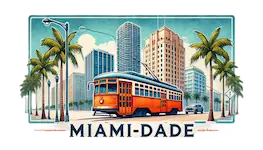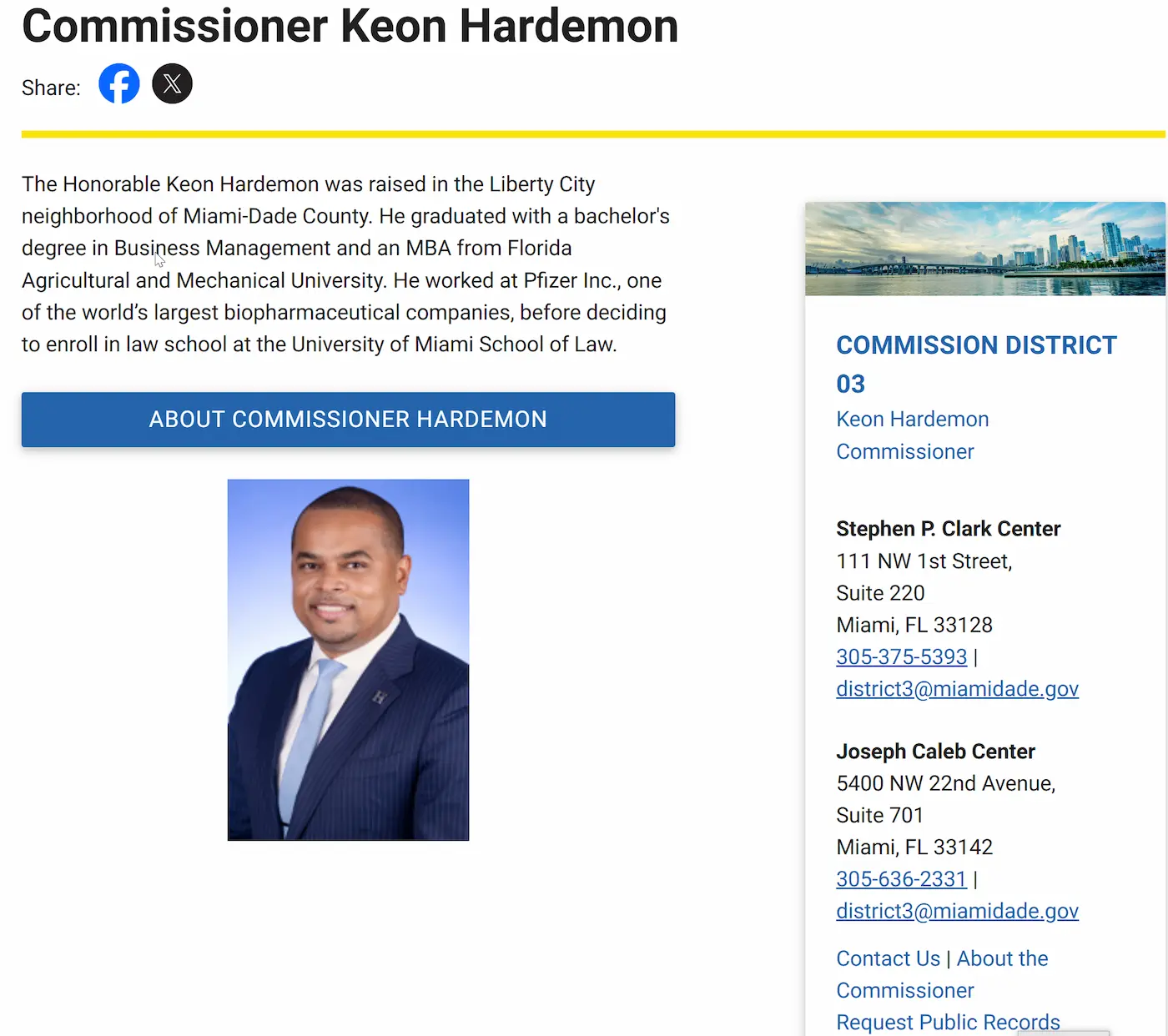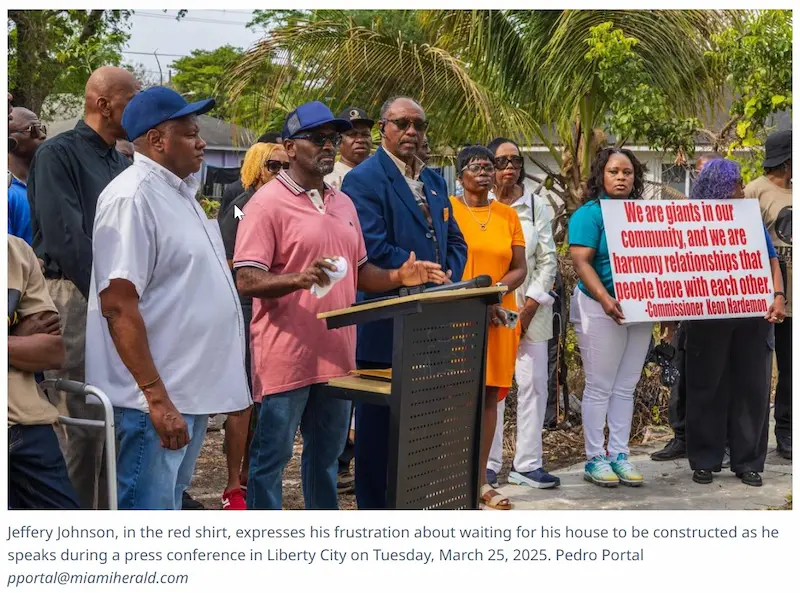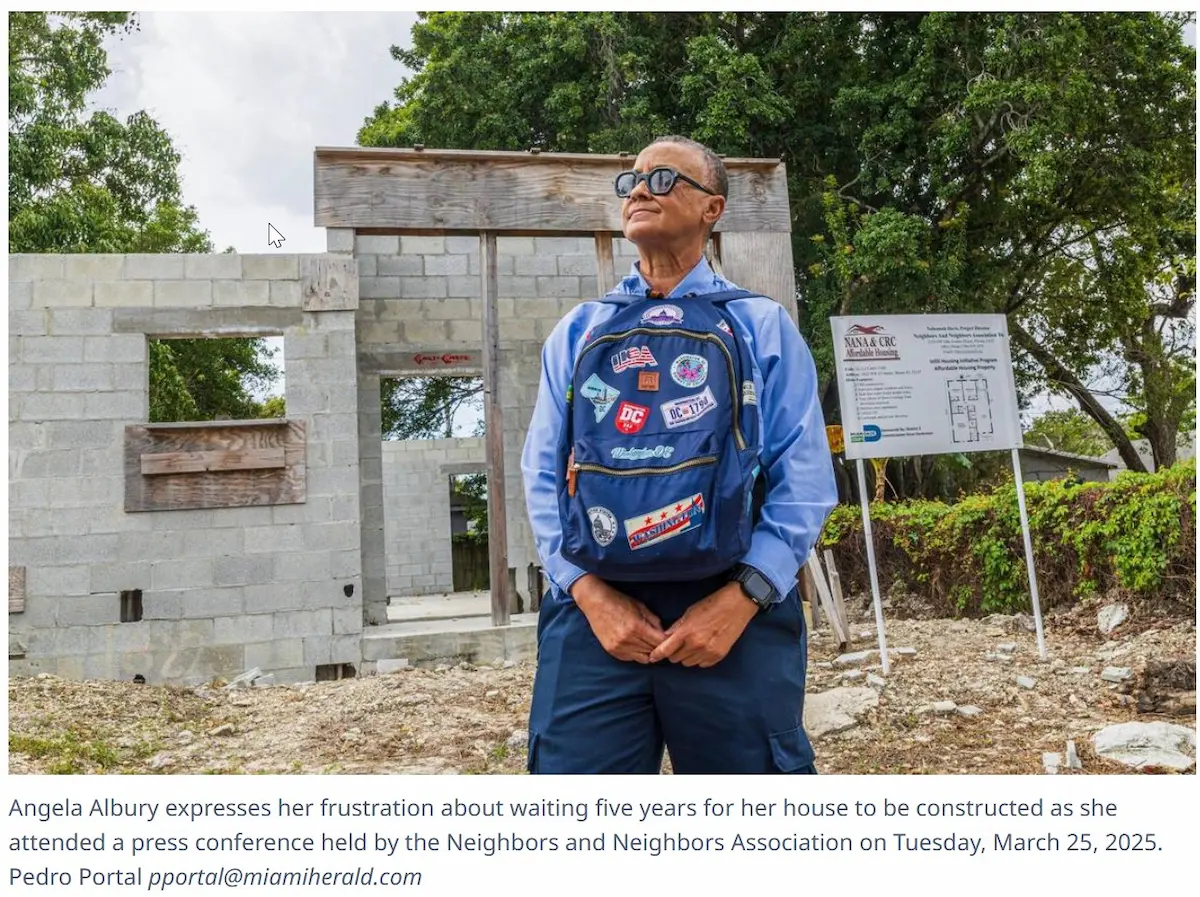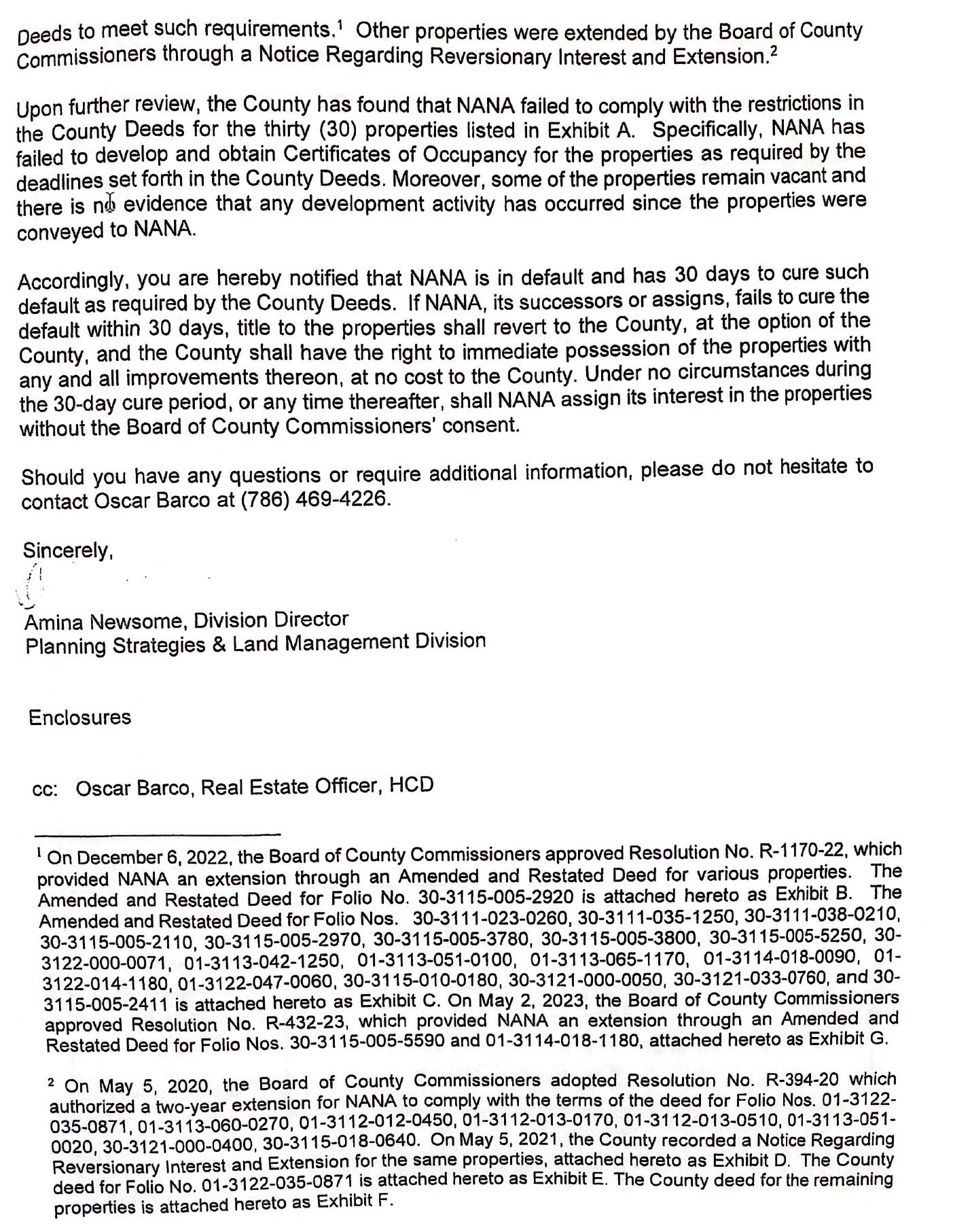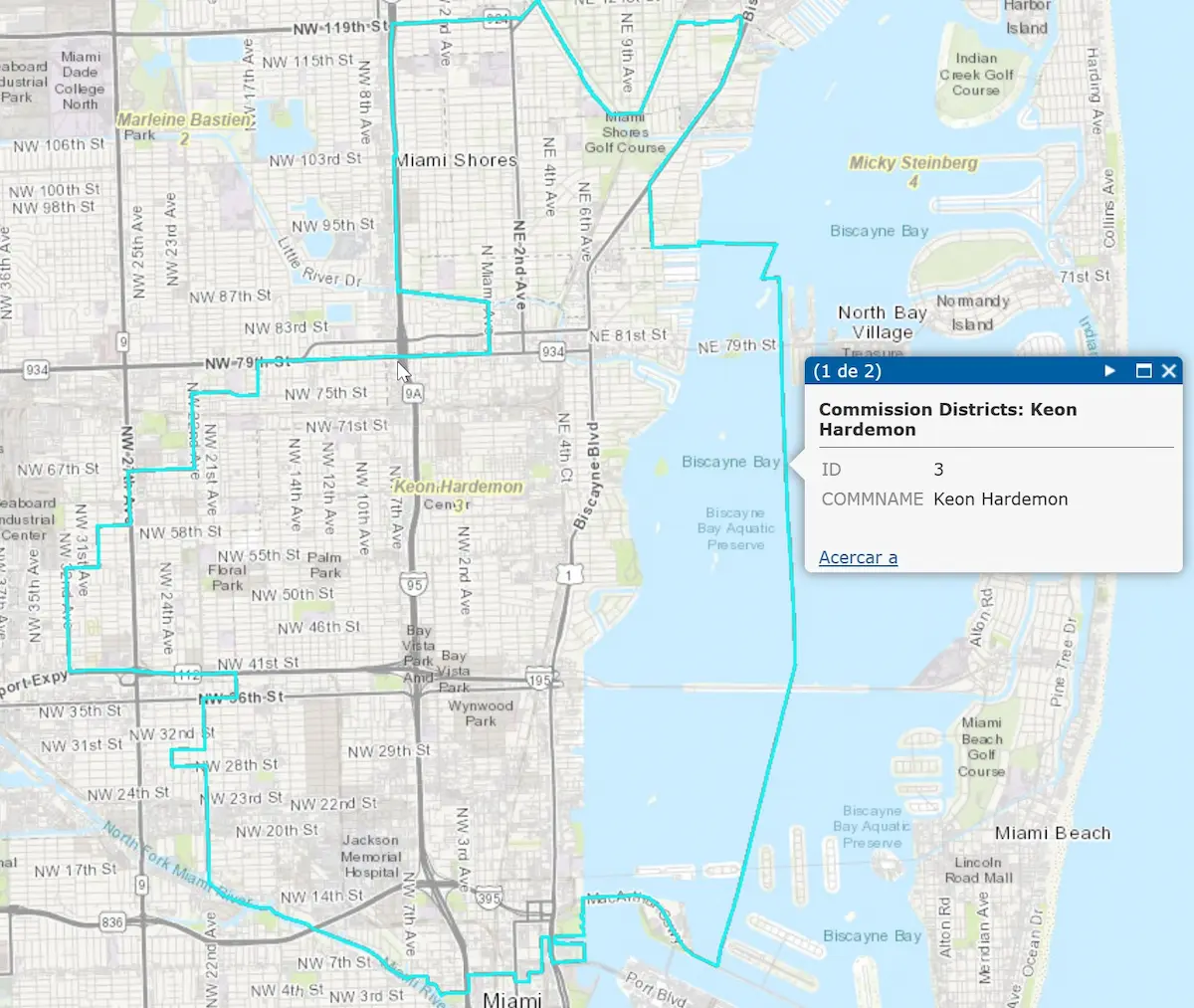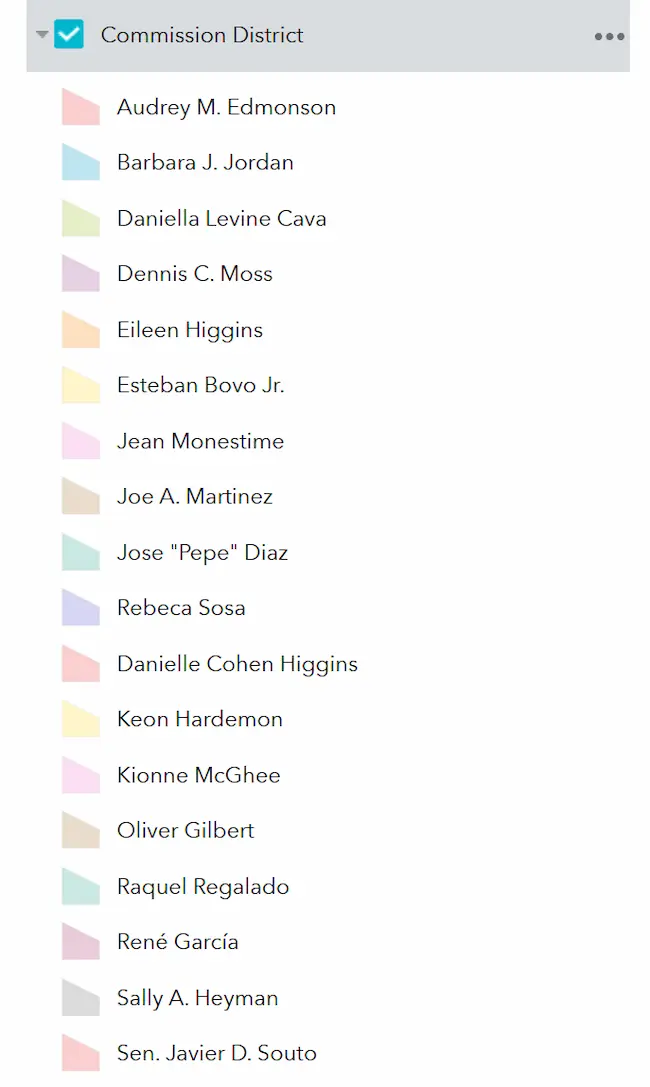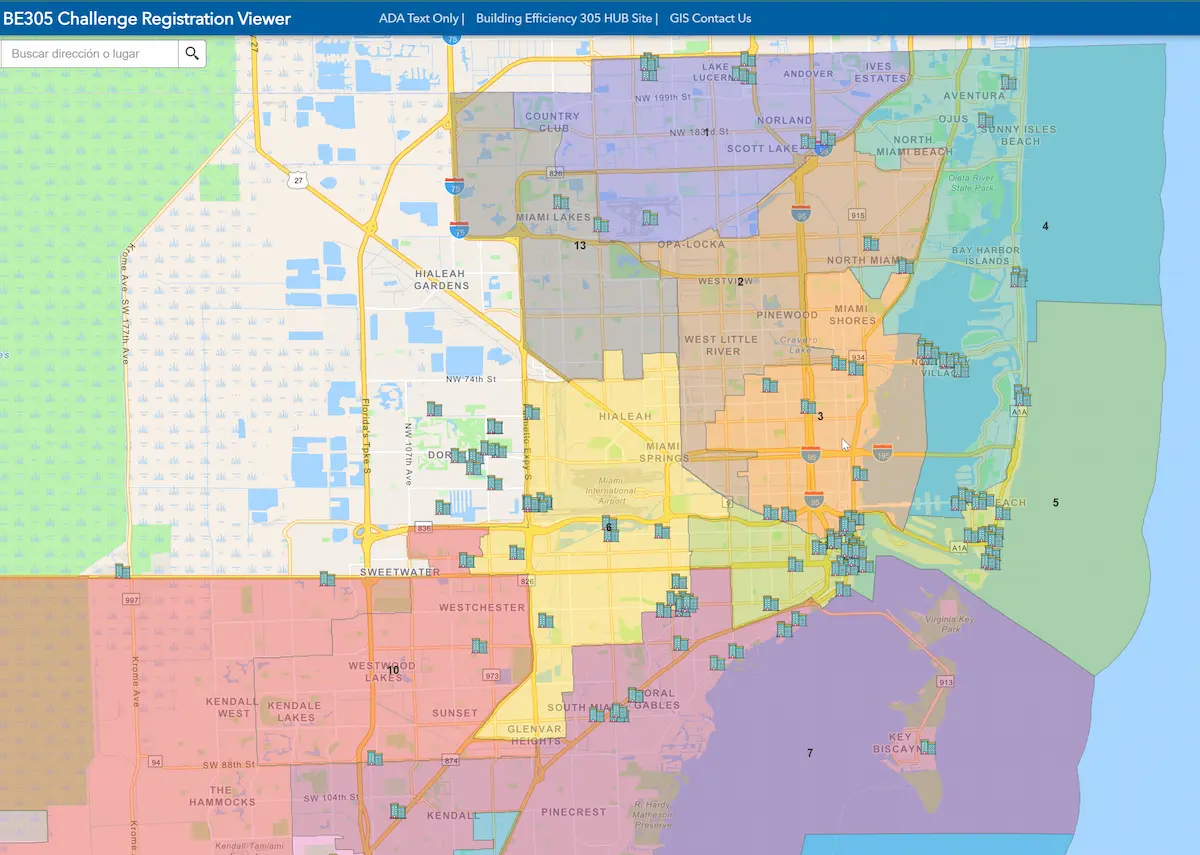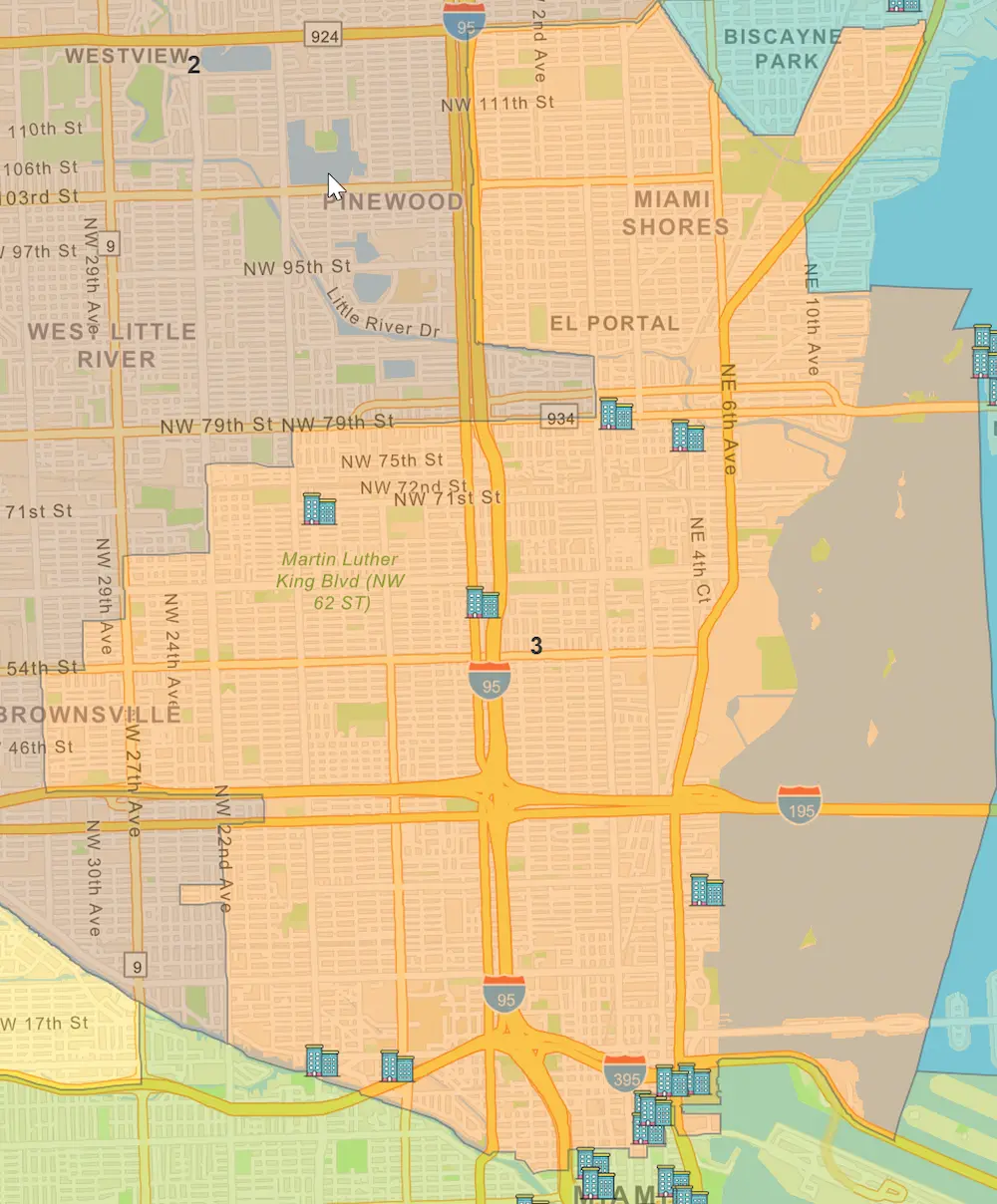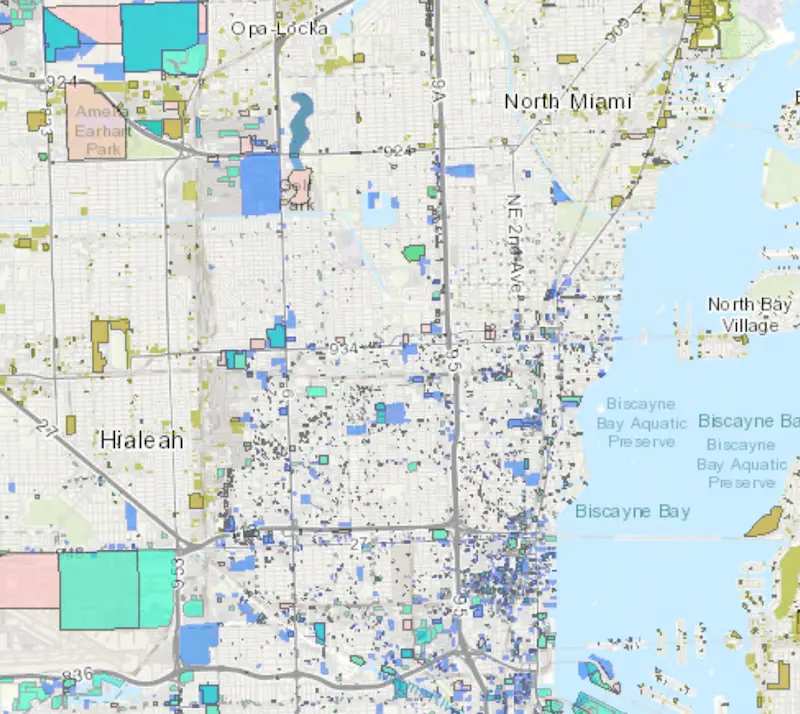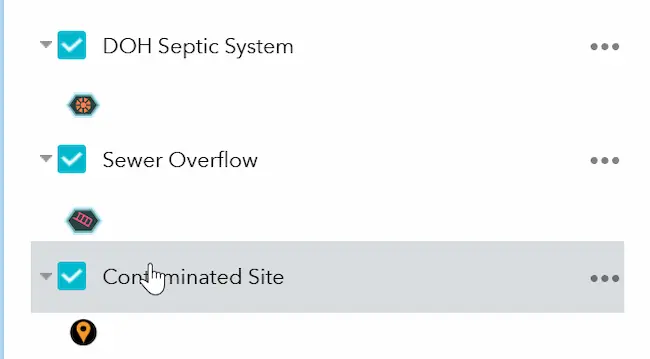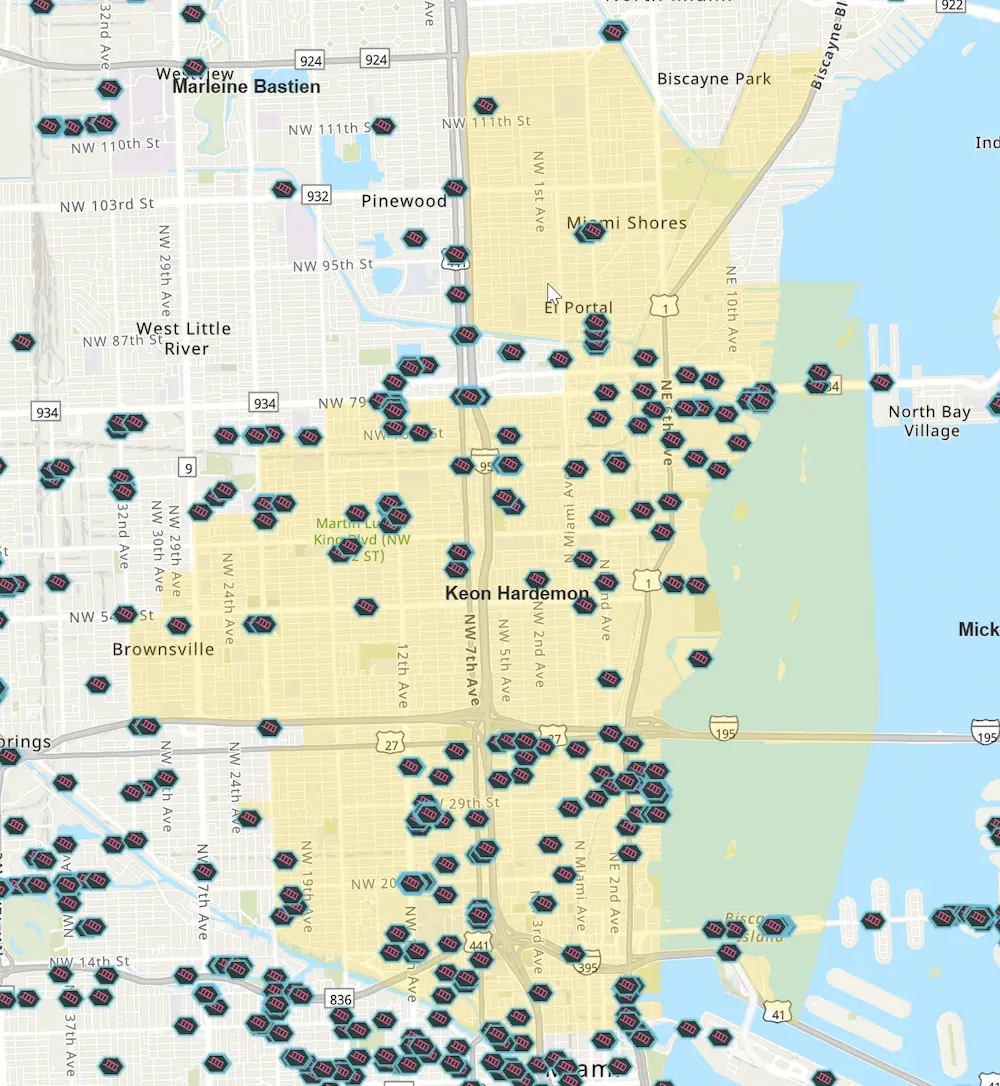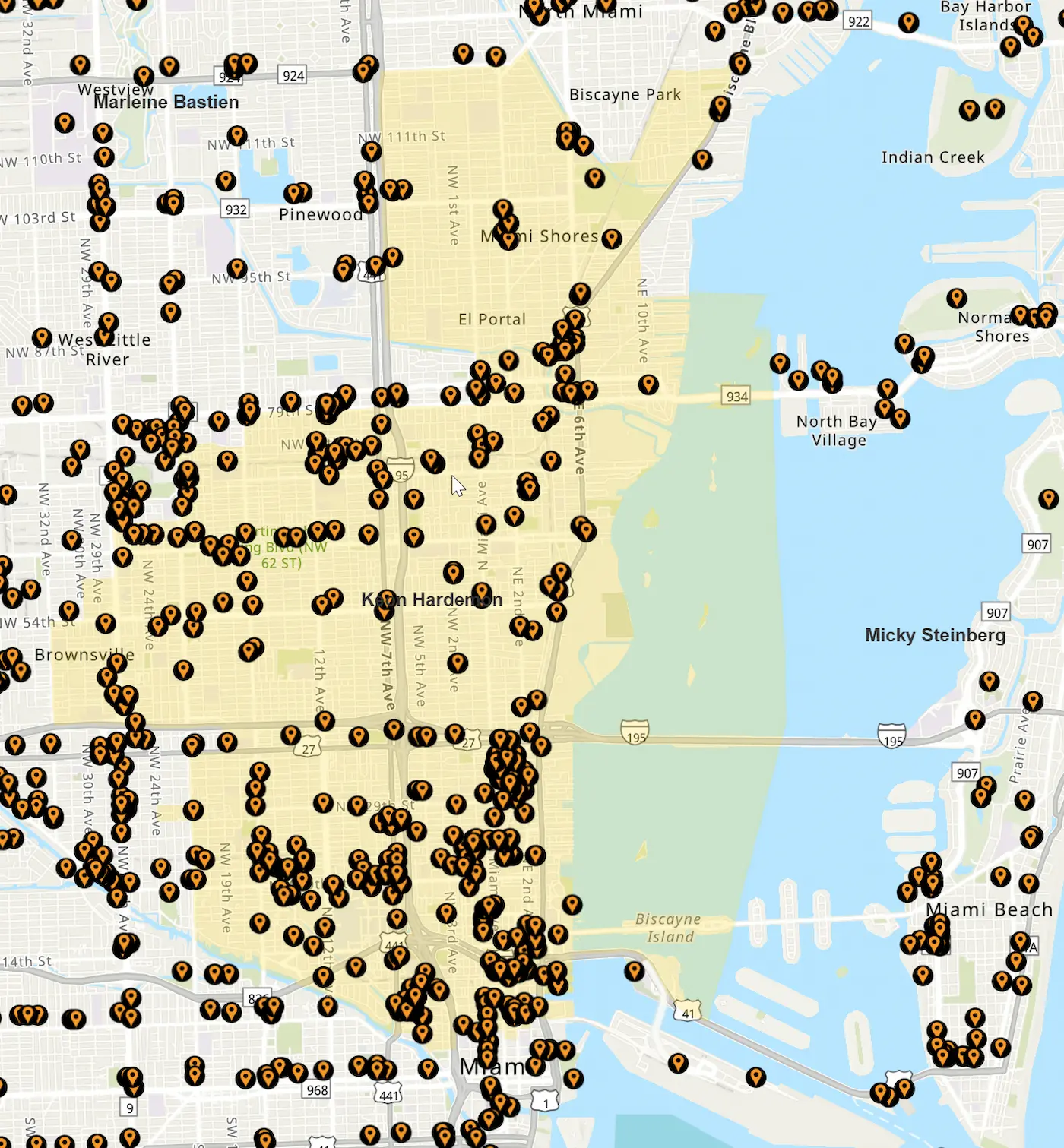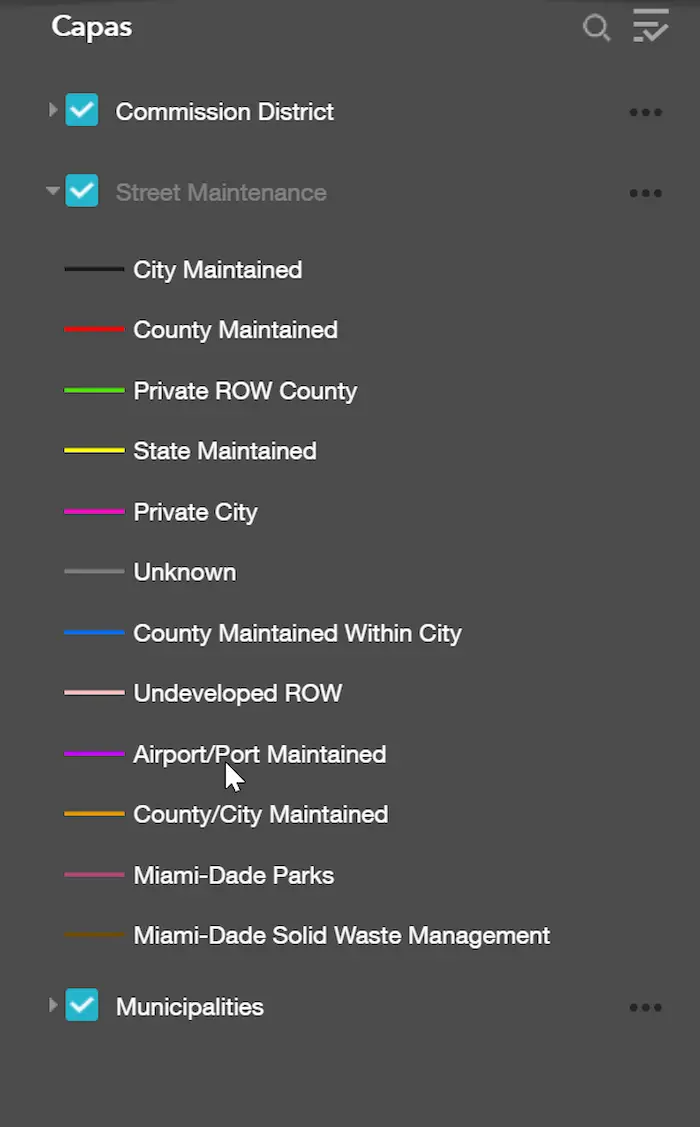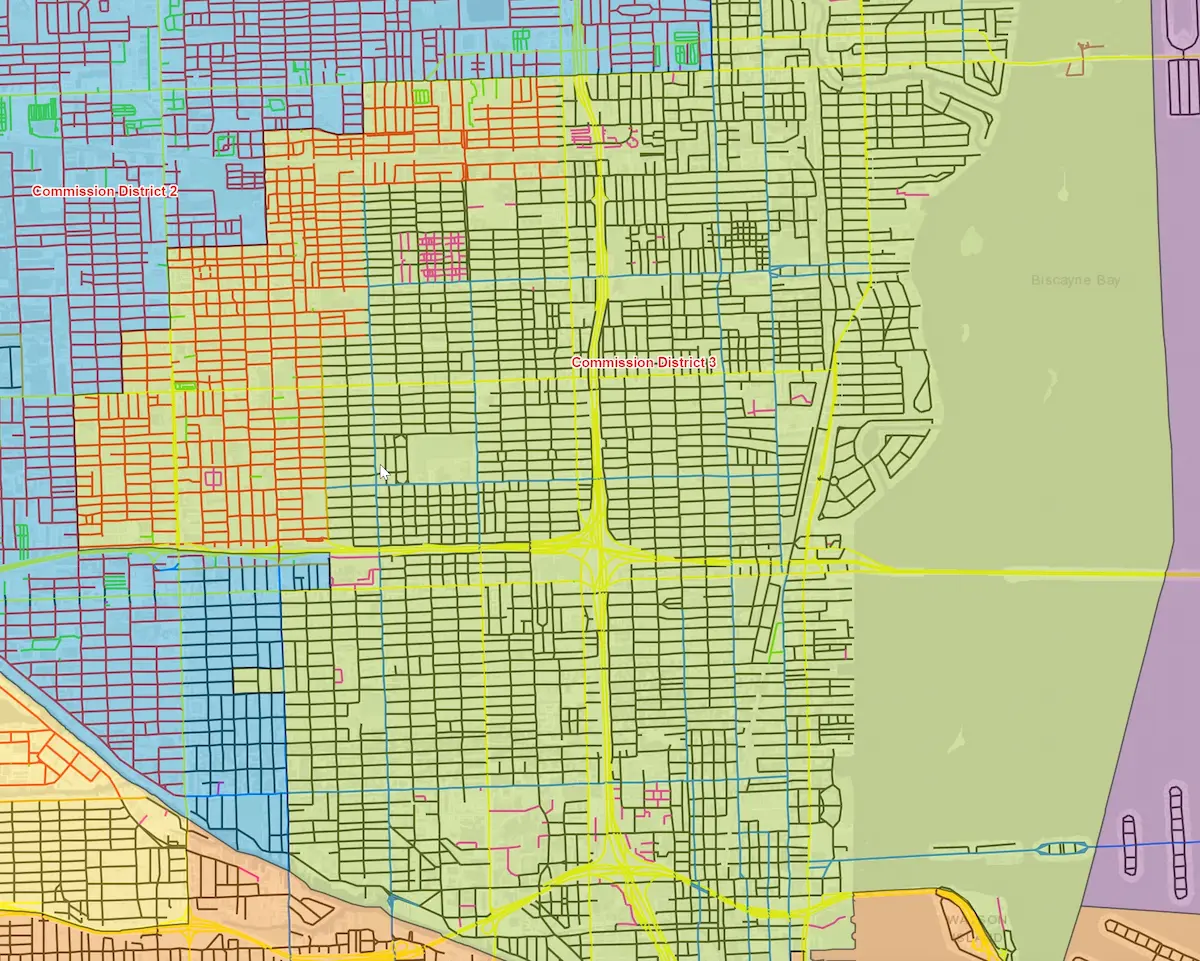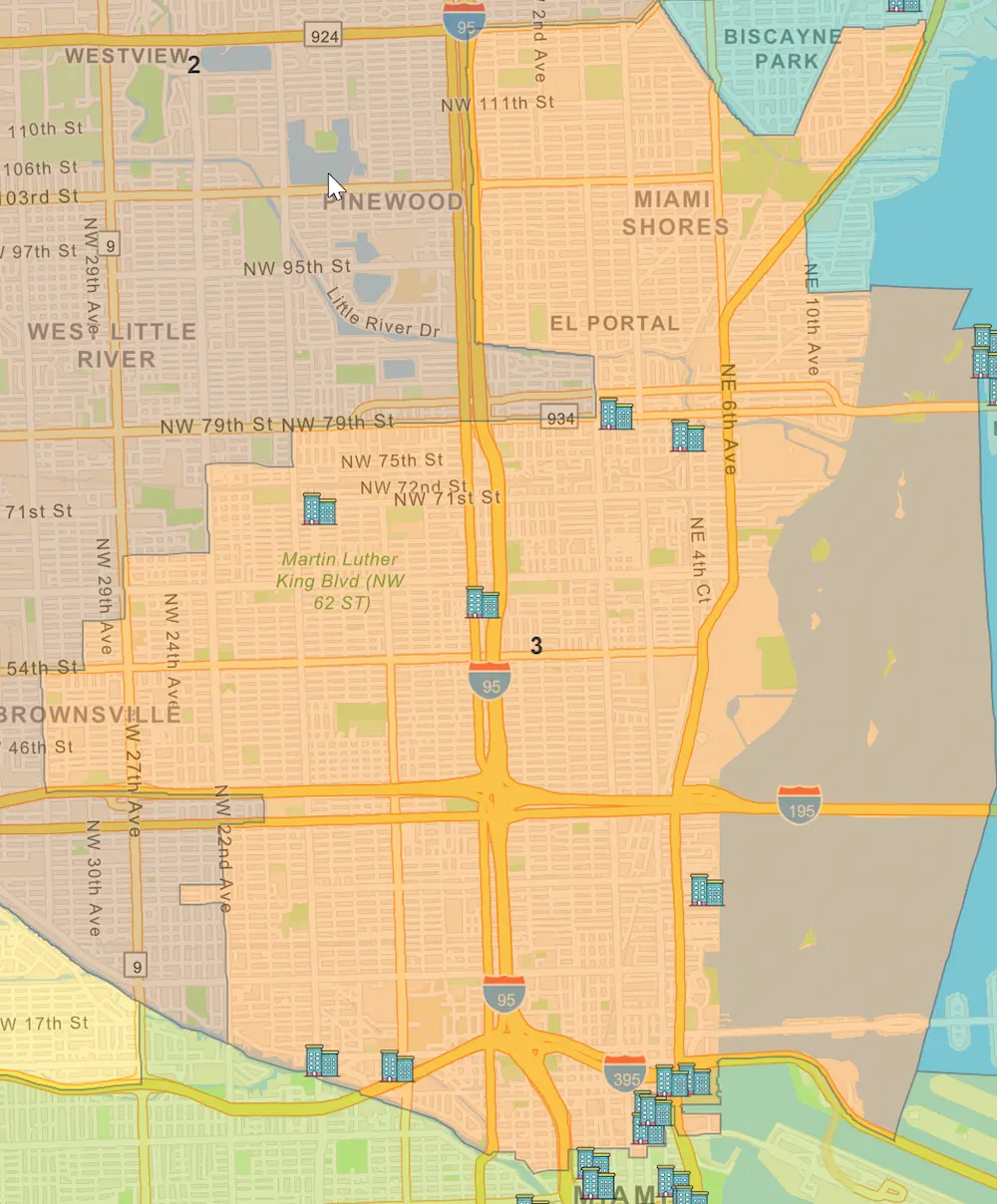|
Getting your Trinity Audio player ready... |
Tabla de Contenido/ Table of Contents
- 1 Keon Hardemon in the Crosshairs: Affordable Housing or Empty Promises? Between Political Alleyways and Renamed Streets: The Housing Drama in Miami-Dade
- 2 The Irony of the Names: Symbolism vs. Reality
- 3 The Great Disconnect: Symbolic Policies vs. Real Needs in District 3
- 4 Is the Housing Program Truly Affordable?
- 5 The Political Dispute: Who’s Blocking Progress?
- 6 Streets with names, families without homes: The failure of local leadership.
Keon Hardemon in the Crosshairs: Affordable Housing or Empty Promises? Between Political Alleyways and Renamed Streets: The Housing Drama in Miami-Dade
A systemic analysis of the obstacles and power struggles behind delays in social housing projects in Liberty City
“Priorities or Distractions? The Leadership Paradox in Miami-Dade’s District 3”
While Liberty City drowns in septic tank overflows and Little Haiti cries out for dignified housing, Commissioner Keon Hardemon invests $560,000 and political capital into a polarizing initiative: renaming streets with song lyrics and viral phrases. Is this the leadership a district in crisis deserves?
District 3: A Mosaic of Ignored Emergencies
District 3, home to 250,000 residents, encompasses historic communities like:
- Liberty City 25,000 residents | 98% African American | Sewage infrastructure crisis
- Little Haiti 34,000 residents | 68% Haitian migrants | 1 underfunded health center
- Allapattah 60,000 residents | 85% Hispanic | Overcrowded schools
Critical Issues by the Numbers
| Urgent Needs | Hardemon Actions |
|---|---|
| 12,000 failing septic tanks | $560,000 in names like “Act Up Street” or “Trick Love The Kids Street.” |
| 40% of streets with deep cracks | Suspension of public hearings to avoid community debate. |
| 1 in 3 families spends 50% of their income on rent | Promoting codes like “Big Money Baller Street” in areas of extreme poverty. |
Why spend on this?
Opportunity cost: The $560,000 could repair 112 septic tanks or provide scholarships to 50 students in technical training programs.
Keon Hardemon (during Board session):
“We want to attract tourism and give the community an identity.”
The Irony of the Names: Symbolism vs. Reality
“Peace In Da Hood Street”: In Liberty City, shootings increased by 22% in 2024.
“My House Street”: 4,200 families in the district are homeless.
“We The Best Terrace”: Schools like Miami Northwestern operate with electrical systems from the 1960s.
Resident criticism:
“How do you explain directions like ‘Turn on Poor Little Rich Girl Street’? This is a circus, not governance.”
Which streets are getting new names in Liberty City?
Between NW 18th Avenue and NW 19th Avenue, the following names will be added to the existing designations:
- What’s My Name Street on NW 62nd Street
- City Girls Street on NW 63rd Street
- Soul Ties Street on NW 64th Street
- Post & Delete Street on NW 65th Street
- Chase Dis Money Street on NW 66th Street
- Born N Raised Street on NW 67th Street
- Big Money Baller Street on NW 68th Street
- We the Best Terrace on NW 68th Terrace
- Still Da Baddest Street on NW 69th Street
- Trick Love the Kids Street on NW 69th Terrace
- It’s Your Birthday Street on NW 70th Street
- Bad Boys Bad Boys Street on NW 71st Street
Between NW 18th Avenue and the jurisdictional boundary with the City of Miami:
- Welcome to the MIA Terrace on NW 62nd Terrace
- I Luv My Dawgs Street on NW 63rd Street
- I Deserve It All Street on NW 64th Street
- Closer to My Dreams Street on NW 65th Street
- Tunnel Vision Street on NW 66th Street
- Welcome to My House Street on NW 67th Street
- You Go Girl Street on NW 68th Street
- People Change Terrace on NW 68th Terrace
- Lovers and Friends Street on NW 69th Street
- Peace In Da Hood Street on NW 69th Terrace
- Run Da Yard Street on NW 70th Street
Between NW 17th Avenue and NW 18th Avenue:
- No Pain, No Gain Street on NW 71st Street
Between NW 62nd Terrace and NW 71st Street:
- Memory Lane Avenue on NW 18th Avenue
The Great Disconnect: Symbolic Policies vs. Real Needs in District 3
30 families have been waiting since 2017 for housing in Liberty City, with prices rising due to delays.
8 lots with construction halted and 22 vacant parcels under the management of Neighbors and Neighbors Association (NANA), according to the organization’s complaint.
List of Affordable Housing Projects in District 3
Is the Housing Program Truly Affordable?
Wage gap vs. prices: The median income in Miami-Dade is $57,000 per year. To purchase a $305,000 home, a salary of $85,000 is required (according to calculations by the National Low Income Housing Coalition).
Insufficient subsidies: While the county offers lots for $10, the infrastructure costs (sewage, permits) fall on developers, limiting profits and discouraging participation.
Expert voices: A fractured system
Urban Institute Report (2024): Only 12% of the 1,200 homes promised under the Infill Housing Program since 2015 have been completed—a figure the county has not disputed.
Voices from the District: Frustration vs. Rhetoric
Jeffery, resident of Liberty City:
“Jeffery Johnson has been waiting to buy a home for nearly a decade.”
Angela Albury, from Little Haiti:
“I attend meetings and keep asking, but there are no clear answers.”
Alternatives and Community Demands
NANA’s proposal: Create an emergency fund to cover infrastructure costs, financed through taxes on luxury developers.
Mobilizations: The Circle of Brotherhood is planning a march on April 15 in front of the Stephen P. Clark Center, demanding transparency in the allocation of lots.
INFILL HOUSING INITIATIVE PROGRAM GUIDELINES
The Political Dispute: Who’s Blocking Progress?
Accusations against Keon Hardemon (District 3 Commissioner):
NANA alleges that Hardemon has failed to approve a deadline extension requested since 2023 to complete the housing projects, despite written commitments.
Historical context: Hardemon succeeded Audrey Edmonson in 2020, a close ally of Leroy Jones (director of NANA), amid partisan tensions.
County’s response:
In February 2025, Miami-Dade notified NANA of the reversion of 30 lots due to missed deadlines, demanding solutions within 30 days.
Hardemon declined to comment specifically on the accusations, but criticized the “poor management” of nonprofits in a statement to the Miami Herald.
Are Solutions on the Horizon?
As Hardemon and NANA trade blame, time is running out for families like Johnson’s. With a deficit of 120,000 affordable housing units in the county (according to Miami Homes for All), this case reveals systemic failures: politicization of social programs, poorly designed subsidies, and lack of oversight.
The question remains:
Will these homes be a legacy of equity or a monument to inefficiency?
The answer could define the urban future of Miami-Dade.
Do you have information about housing projects in your community?
📧 Share your story: newsmiamidade305@gmail.com
🔗 Check official data: Miami-Dade Housing Dashboard
Streets with names, families without homes: The failure of local leadership.
Acute issues in District 3.
1. DOH Septic System
Description:
The term “DOH” likely refers to the Department of Health, which regulates safe septic systems. A septic system is a wastewater treatment solution for areas without access to centralized sewer infrastructure. It includes an underground tank that separates solids and liquids, and a drain field where treated liquids filter into the soil.
Importance:
- Prevents contamination of groundwater and soil.
- Requires regular maintenance (e.g., pumping every 3–5 years) to avoid system failure.
2. Sewer Overflow
Description:
Occurs when the sewer system becomes overloaded, typically due to:
- Heavy rainfall (in systems combining stormwater and sewage).
- Blockages caused by grease, wipes, or solid waste.
- Aging or insufficient infrastructure.
Consequences:
- Release of untreated sewage into rivers, streets, or urban areas.
- Public health risks (e.g., exposure to pathogens).
- Ecological damage to aquatic ecosystems.
3. Contaminated Site
Description:
An area where soil, water, or air is polluted by hazardous substances, such as:
- Industrial chemicals (e.g., heavy metals, hydrocarbons).
- Agricultural runoff (e.g., pesticides, nitrates).
- Fuel spills or untreated wastewater discharges.
Key Actions:
- Technical assessment to identify pollutants.
- Remediation techniques: bioremediation, soil excavation, physical barriers.
- Prevention through strict regulations and environmental monitoring.
Relationship Between Concepts:
- A malfunctioning septic system can leak pathogens or chemicals, creating a contaminated site.
- A sewer overflow worsens contamination in rivers or soil, especially in urban areas.
- The involvement of the Department of Health (DOH) is essential to regulate both systems and mitigate risks.
Definition of Maintenance Categories
Under “Street Maintenance”, the responsible entities are specified:
City Maintained:
Streets and roads maintained by municipal governments (e.g., City of Miami).
Includes repairs, cleaning, and signage in urban areas.
County Maintained:
Roadways under the responsibility of Miami-Dade County, such as major roads or interurban routes.
Private ROW County:
Right of Way (ROW) areas on private property, where the county still has authority to intervene (e.g., lot access roads).
State Maintained:
State highways (e.g., interstates like I-95) managed by the Florida Department of Transportation (FDOT).
Private City:
Roads on private land within city limits, maintained by owners or businesses (e.g., private parking lots).
Unknown:
Areas with no clearly identified responsible entity.
County Maintained Within City:
Streets within municipal zones where the county assumes maintenance responsibilities, usually through intergovernmental agreements.
Undeveloped ROW:
Rights of way in undeveloped areas or without infrastructure, still under county jurisdiction.
Airport/Port Maintained:
Roadways inside airports (e.g., MIA) or seaports (e.g., PortMiami), managed by their respective authorities.
County/City Maintained:
Joint projects between the county and a municipality to maintain certain roads.
Miami-Dade Parks:
Paths or trails in public parks maintained by the Miami-Dade Parks Department.
Miami-Dade Solid Waste Management:
Roads associated with waste collection routes or disposal facilities, managed by this department.
Importance of This Classification
This structure reflects the complexity of infrastructure management in a metropolitan region like Miami-Dade, where multiple jurisdictions and actors coexist. 🚧🗺️
- Coordination: Enables distribution of responsibilities among the county, cities, state, and private entities.
- Efficiency: Facilitates resource allocation and rapid response to issues (e.g., potholes, flooding).
- Transparency: Residents can identify who to contact based on the type of road.
What’s Next? A Call to Action
District 3 deserves leaders who prioritize:
- Clean water: Replace septic tanks.
- Homes, not slogans: Accelerate projects like Liberty Square (only 700 units for thousands on waiting lists).
- Infrastructure, not irony: Fix 1,200 critical potholes before renaming streets.
Will you allow symbolism to overshadow real solutions?
Demand accountability: Attend the next public hearing at the Stephen P. Clark Center and participate actively.
Contact Hardemon: Office: 305-636-2331 | Email: district3@miamidade.gov
For a District 3 where streets don’t just have names — they have a future.
Want more post like this?
Head over to our homepage for the latest updates from South Florida and beyond:

